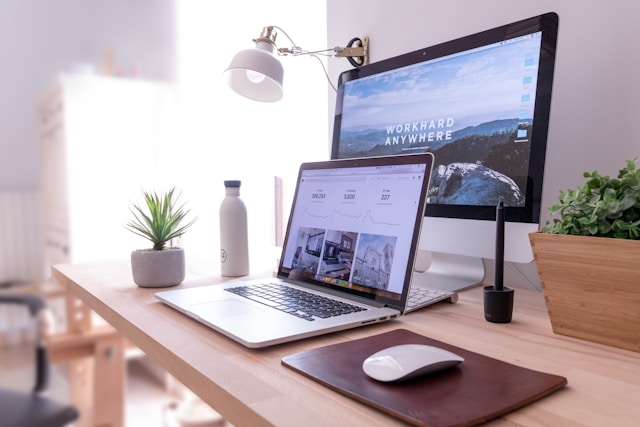Web design never sits still for long, and if the last few years are anything to go by, 2026 is going to give us plenty to talk about. Designers all over the United States are already experimenting with new ideas. Some of them feel bold, a few feel overdue, and others are simply fun. Below is a look at the web design trends that might be heading our way and how these shifts could shape the sites we use every day.
A Fresh Take on Personalization
Personalization has been a buzzword for a long time, but in 2026 it looks set to become more meaningful. Instead of generic suggestions or those slightly awkward pop ups that never match what you need, expect to see smarter recommendations based on subtle behavior changes. Designers are finding ways to let websites adapt quietly, without feeling intrusive. It sounds almost like the site is paying attention in the background and learning how to help, rather than shouting for your attention.
This type of personalization also fits nicely with the push toward faster browsing. Users want answers right away, and sites that can adjust on the fly tend to deliver smoother experiences.
More Playful Micro Interactions
You know those tiny animations that appear when you hover over a button or scroll through a menu? They are about to become a lot more fun. Micro interactions are turning into small moments of delight, sometimes so quick you barely notice them. A gentle bounce, a soft glow, a small ripple. They add life to a page without slowing anything down.
In 2026, micro interactions may also respond more accurately to how people move. Designers are experimenting with timing, motion and even sound for certain actions. When done well, these little touches make a site feel modern and cared for.
Accessibility as a Design Starting Point
Accessibility has long been essential, but more companies are beginning to treat it as the foundation rather than something to add at the end. This shift will probably grow even stronger in 2026. Designers are looking at color contrast, text size, motion sensitivity and keyboard navigation before they start designing the flashy parts. It makes the whole process smoother and leads to sites that work for everyone.
There is also a bigger push for tools that test accessibility during the build process. This helps teams catch issues early and ensures that no group of users is left out.
AI Tools That Feel More Like Helpful Sidekicks
AI is definitely sticking around, but not in the dramatic way people talk about online. What seems more realistic for 2026 is something quieter. Designers are starting to use AI almost like a second pair of hands for the dull parts of the job. Things like resizing images, trying out a few quick color combinations, or checking how a layout might look in a different format. Nothing glamorous, but it saves a surprising amount of time.
A Year That’s More About Balance Than Big Surprises
If you take all these predictions and put them side by side, the theme that keeps popping up is balance. Not in a vague inspirational quote way, but in the sense that websites need to feel good to use and nice to look at, without doing too much of either. Designers seem to be swinging back toward simple layouts that still show a bit of personality. It’s a bit like cleaning a room but leaving a few things out so it still feels lived in.
And who knows, we might even get a few unexpected trends we haven’t spotted yet. The web tends to surprise us whenever we think we have it figured out. That’s part of what keeps it fun.









